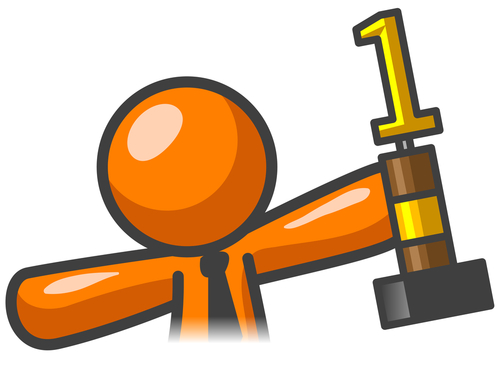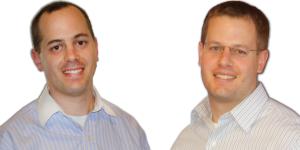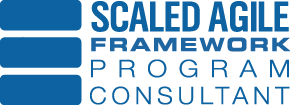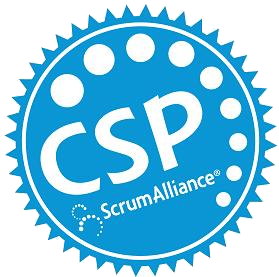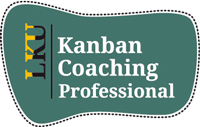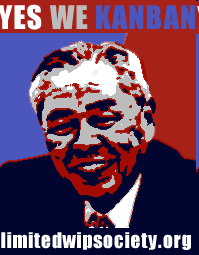
Lean|Agile coaching should be like high octane fuel for organizational engines. They should help organizations go faster and help achieve maximum performance through value delivery.
However, they should not be the magic. They don’t do the engineering. Good coaches really provide the spark to get the train moving and the guidance to keep it on the rails.
If you are the magic, it can be very rewarding. However, you are actually a parasite to organizational health. Why? Because you are building internal dependencies on yourself. When you move on to your next engagement after success has been claimed, the floor will drop out from beneath your previous client. FWIW…you don’t have to be a Lean|Agile coach to be the magic. You might be the next diva developer.
I’m bringing this to light because I have been that person. I don’t say that pump more air into my head. Its easy to say yes and take on challenges you feel equipped to solve. What’s harder? Saying no and mentoring! Having the courage to encourage and teach someone else to be as good as you or even better!
Better? Yes even better than you! This might seem like a threat to your self preservation, but after all, if you’re a consultant you get paid for short term assignments. If you can prove yourself as a worthy coach and mentor, you will work yourself out of your current job. But, you will work yourself into so many opportunities you will be forced to say….wait for it….NO!
So be vulnerable. “Open source” yourself to your clients. You just may become the next Roy Fielding or Doug Cutting!




